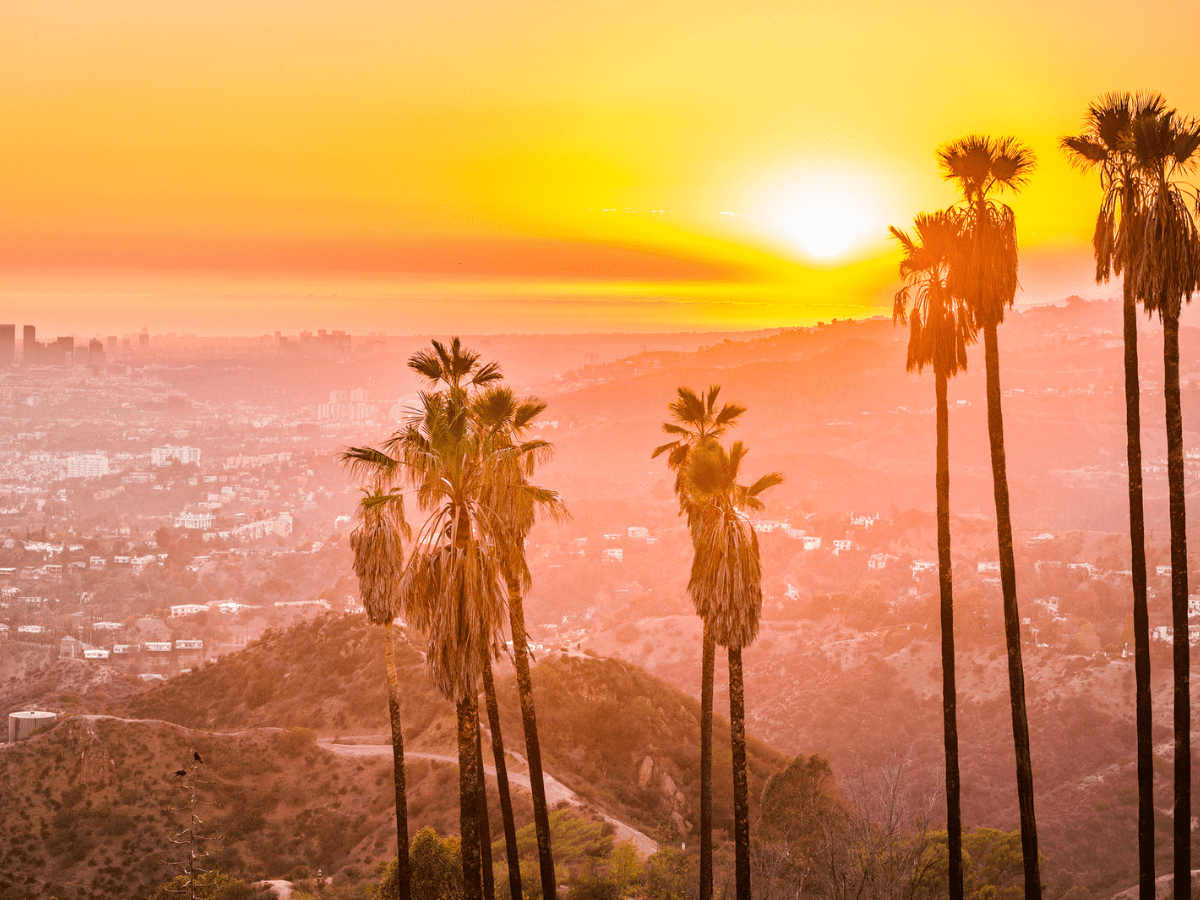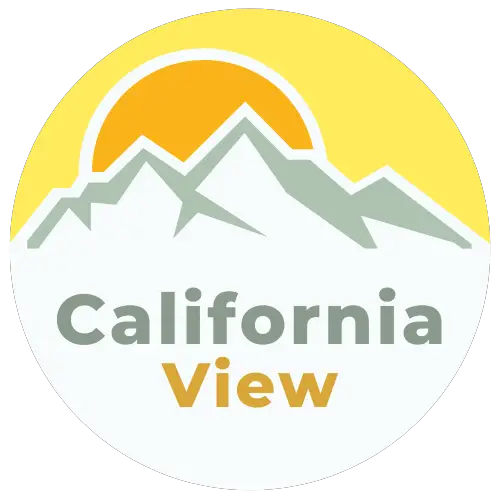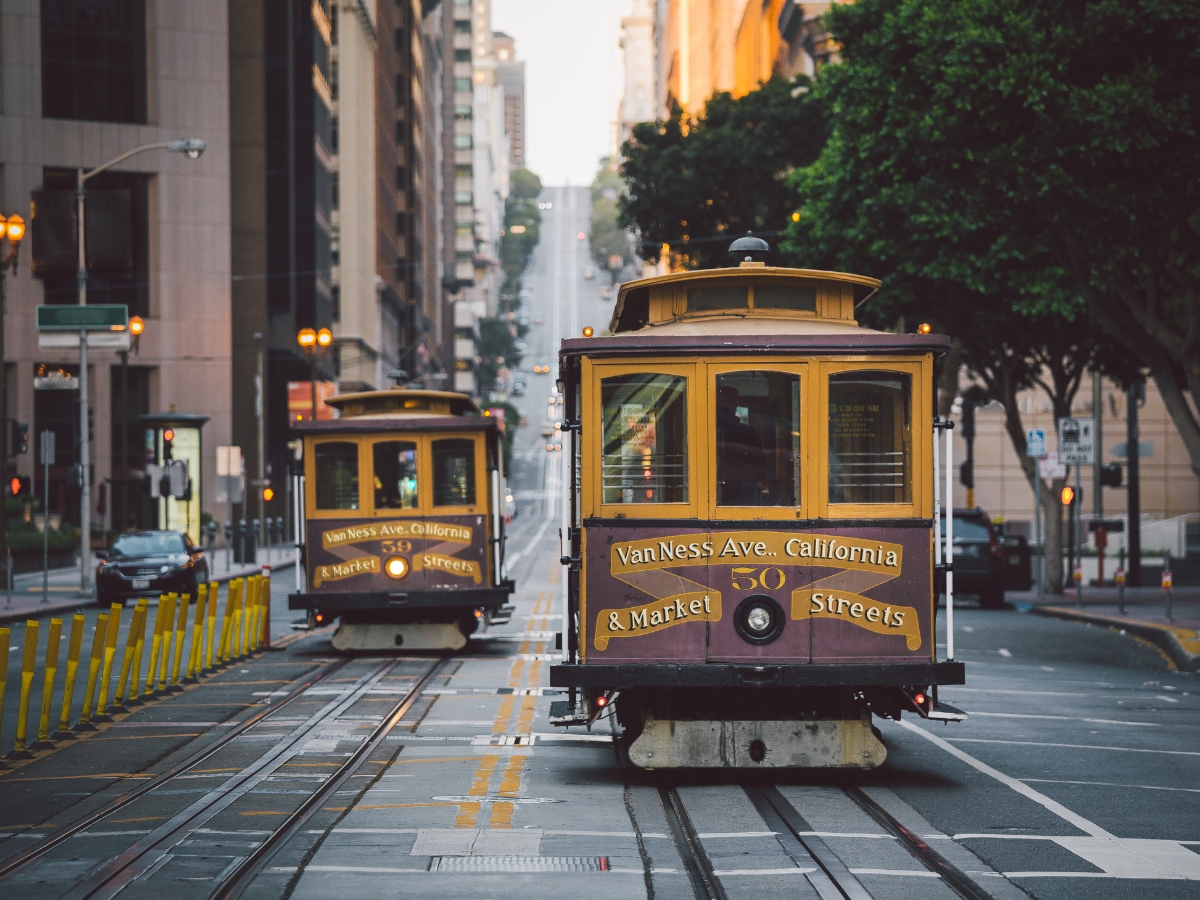The New York Times recently published an article on why Californians love California. Virtually every Californian interviewed for the piece highlighted the weather as one of the most enticing factors. Throw mountains, beaches, and national parks, and it’s no wonder almost 40 million Americans live there.
While it isn’t the hottest state, California sizzles during the summer months, with temperatures frequently eclipsing 100°F. Unlike some of the other warmer states, like Florida, California’s Mediterranean climate is dry with very little humidity.

Why is it So Hot in California in 2022?
If you’ve ever spent time in California and been mesmerized by its natural beauty and seemingly perfect weather, you might find yourself wondering why your home state can’t be the same. Several factors contribute to California’s stunning climate.
Southwesterly Location
California is uniquely situated in the southwest of the United States on the border of Mexico’s northern desert region. California itself is covered partly by desert, with the Mojave occupying around 20 million acres of real estate, which is approximately one-fifth of the entire state.
There are also several large mountain ranges in California that impede cool winds traveling from the north. The prevailing winds flow predominantly from the west or northwest which also blocks out the northerly winds. California’s topography has created a natural current that creates warm microclimates along the coast.
Dry Air
The glaring mountains not only filter out the cold northerly winds, but they also dry out the air, contributing to hotter temperatures. The steep peaks draw in moisture-laden air before it can reach the pacific coast, ensuring California’s beaches are hotspots regardless of the time of year. However, northern parts of California can get a little chilly and often experience rain.
Much of California’s coastline is affected by high pressure, meaning winds blow in a clockwise direction. This pushes cool fronts and storms beyond California’s northern border and into Canada and Alaska. When coastal storms come in, the ocean absorbs much of the moisture and heat, keeping humidity low.
The majority of the western section of the state is covered by the coastline. Any cool winds coming from the west are absorbed partially by the ocean, drying it out and increasing the temperature when it hits the shores.

Heatwaves and Heat Domes
Due to several environmental factors and California’s organic climate, the region experiences frequent heatwaves, often caused by heat domes. Heat domes occur when atmospheric pressure traps hot air over a certain area. This usually occurs in high-pressure zones.
Once the air becomes trapped, it can cause temperatures to soar, creating sweltering conditions for Californians. The longer the hot air lingers, the higher the likelihood of further temperature increases. Since most heat domes stem from jet streams running from west to east, they are quite common in California.
Wildfires
In recent years, California has experienced an increase in the number of wildfires. Interestingly, wildfires can actually cause temperatures to increase or decrease, depending on their location and the atmosphere. The latest series of wildfires have occurred throughout the entire state, causing the air to heat up.
Wildfires are particularly devastating in California for two main reasons. Firstly, the climate often causes drought, creating dry, arid soil and vegetation that is highly susceptible to ignition. Secondly, the volume of forest land means that fires spread rapidly and can burn for days, weeks, or even months on end.
Why is it So Hot in Los Angeles?
Los Angeles and the surrounding areas are part of multiple microclimates, where temperatures vary significantly. However, they all share one theme: they are hot. The Los Angeles area also receives very little rain, due to its location. It’s situated between the San Fernando Valley and the Los Angeles Basin, and is surrounded by mountains.
Another reason for Los Angeles’ super hot microclimate is its high population density. Downtown and the neighboring suburbs are packed with people, homes, and commercial buildings, all of which have an effect on the climate.
More concrete and asphalt, combined with less greenery contributes to climate regeneration and soaring temperatures.

Comparing The States: Is it Hot in California?
There’s no denying the fact that California gets extremely hot. In fact, Death Valley is the hottest and driest place in North America. However, as a whole, it only ranks as the 13th hottest state over the last 30 years. Here’s a quick look at the hottest states in the U.S.
| State Rank | Average Annual Temperature |
| Florida | 71.5°F |
| Hawaii | 70.2°F |
| Louisiana | 67.2°F |
| Texas | 65.8°F |
| Georgia | 64.3°F |
| Mississippi | 64.3°F |
| Alabama | 63.7°F |
| S. Carolina | 63.4°F |
| Arizona | 61.1°F |
| Arkansas | 61.1°F |
| *13. California | 59.1°F |
Temperature Records in California
There have been some scorching temperatures recorded in California over the years. However, we haven’t seen a record temperature for the state in over 20 years. Here are the hottest temperatures ever in the Golden State, broken down by month and year:
| Month | Temperature | Location | Year |
| January | 97°F | Indio | 1991 |
| February | 100°F | Thermal | 1986 |
| March | 105°F | Ogilby | 1900 |
| April | 118°F | Volcano Springs | 1898 |
| May | 122°F | Death Valley | 2000 |
| June | 129°F | Volcano Springs | 1902 |
| July | 134°F | Greenland Ranch (Death Valley) | 1913 |
| August | 127°F | Death Valley | 1993 |
| September | 126°F | Mecca | 1950 |
| October | 117°F | Mecca | 1980 |
| November | 105°F | Craftonville | 1928 |
| December | 100°F | La Mesa | 1938 |
As you can see, several of the highest temperatures were recorded in Death Valley. In April 1913, a temperature of 134°F was recorded, which was the highest documented temperature ever on Earth. During the summer months each year, Death Valley is one of, if not the hottest place on the planet.
Death Valley is somewhat of a natural phenomenon. It’s buried between four large mountain ranges, keeping it extremely dry. Due to the steep peaks and natural wind flow, the air is continually trapped in the valley and undergoes constant cycles of reheating, turning the area into a furnace.
To give some context to these temperatures, here are the record temperatures recorded in other continents:
| Continent | Country | Location | Temperature | Year |
| America | United States | Death Valley | 134°F | 1913 |
| Africa | Tunisia | Kebili | 131°F | 1931 |
| Asia | Iran | Abadan | 129°F | 2017 |
| Europe | Italy | Sicily | 119.8°F | 2021 |
| Antarctica | Antarctic Peninsula | Seymour Island | 69.3°F | 2020 |
Is California Hot All Year Round?
One of the greatest things about California is its excellent year-round weather. It has hot, dry summers and mild winters, so you can enjoy a pleasant visit at any time.
However, naturally, the northern territories tend to be more chilly and wet during the winter months. Areas like San Diego in Southern California have sub-tropical climates.
Resources
- Mojave desert is 20 million acres: www.nature.org
- Average annual temperature per state: worldpopulationreview.com
- Temperature Records: www.infoplease.com
- Continental temperature records: www.usatoday.com





